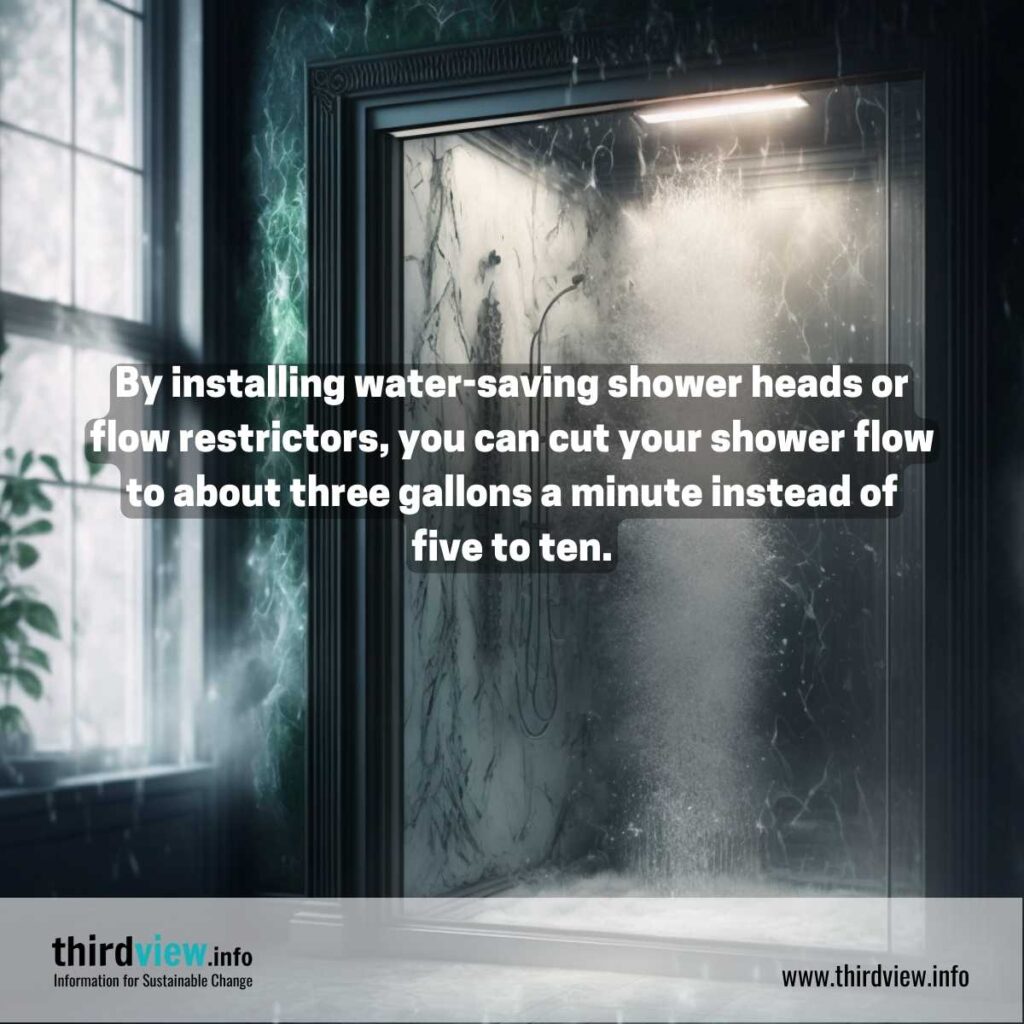More About Reclaim Waste
Table of ContentsHow Reclaim Waste can Save You Time, Stress, and Money.Not known Details About Reclaim Waste Some Known Details About Reclaim Waste 3 Simple Techniques For Reclaim WasteA Biased View of Reclaim Waste
Domestic sewage waste refers to the waste and items from a residential septic tank. The appropriate monitoring and disposal of domestic sewage waste call for liquid waste to be transferred to a sewage therapy plant where the appropriate methods and tools are used to detoxify and dispose of waste.
Industrial waste often consists of prospective risks, such as combustible materials or a mix of fluid and solid waste products, and requires a more innovative and comprehensive disposal procedure. The disposal of commercial waste usually involves the filtration of waste prior to transportation to guarantee secure and proper disposal. Hazardous waste is created from results and overflow of commercial procedures and manufacturing.
This kind of waste can not utilize the exact same sewer management transportation or procedures as septic or business fluids. The hazardous waste administration procedure requires the assessment and screening of liquid waste prior to it undertakes the disposal procedure (liquid waste removal melbourne). Overflow waste is the liquid waste that comes from drainage and excess stormwater in extremely populated areas or cities
Drainage waste can cause contamination and flooding otherwise managed effectively. Find out more about sewer cleaning and waste monitoring. Making certain appropriate waste administration can prevent disasters and reduce ecological injury. Both individuals in property setups and experts in commercial or manufacturing markets can gain from recognizing the processes and laws of liquid waste administration.
The Definitive Guide to Reclaim Waste
Get in touch with PROS Solutions today to discover our waste monitoring and disposal solutions and the proper means to care for the liquid waste you create.
(https://reclaimwaste1.bandcamp.com/album/reclaim-waste)This so-called 'wastewater' is not only a vital resource but, after treatment, will be released to our land, waterways or the ocean. Used water from bathrooms, showers, baths, kitchen area sinks, laundries and industrial procedures is known as wastewater.

water used to cool down equipment or tidy plant and devices). Stormwater, a form of wastewater, is runoff that moves from agricultural and metropolitan areas such as roofs, parks, gardens, roadways, paths and seamless gutters into stormwater drains pipes, after rainfall. Stormwater moves without treatment directly to regional creeks or rivers, eventually getting to the ocean.
Reclaim Waste Can Be Fun For Everyone
In Queensland, many wastewater is dealt with at sewage therapy plants. Wastewater is transferred from residential or commercial websites through a system of sewers and pump stations, recognized as sewage reticulation, to a sewer treatment plant.
The Department of Natural Resources encourages local governments concerning handling, operating and maintaining sewerage systems and therapy plants. In unsewered locations, regional federal governments may require homeowners to set up private or house sewer therapy systems to treat domestic wastewater from commodes, kitchens, bathrooms and washings. The Department of Natural Resources authorizes the use of family systems when they are verified to be efficient.
In some new communities, therapy of some stormwater to get rid of clutter, sand and gravel has actually started using gross contaminant traps. Wastewater treatment takes place in 4 stages: Eliminates solid issue.
Wastewater after that flows right into big containers where solids work out and are gotten rid of as sludge. Oil and residue are skimmed from the surface. Makes use of little living microorganisms referred to as micro-organisms to damage down and remove continuing to be dissolved wastes and fine particles. Micro-organisms and wastes are incorporated in the sludge. Eliminates nitrogen and phosphorus nutrients that could trigger algal flowers in our rivers and threaten marine life.
The Single Strategy To Use For Reclaim Waste
Nutrient elimination is not offered at all sewer therapy plants because it calls for pricey specialised equipment. Clear fluid effluent created after therapy may still contain disease-causing micro-organisms - liquid waste disposal.

Most wastewater streams into the sewerage system. Under the Act, local federal governments administer approvals and permits for environmentally pertinent tasks (ERAs) including wastewater launches that could have a local influence.
The Best Guide To Reclaim Waste
Monitoring gives factual info regarding water high quality and can verify that licence problems are being met. The details gotten via tracking offers the basis for making water quality decisions.